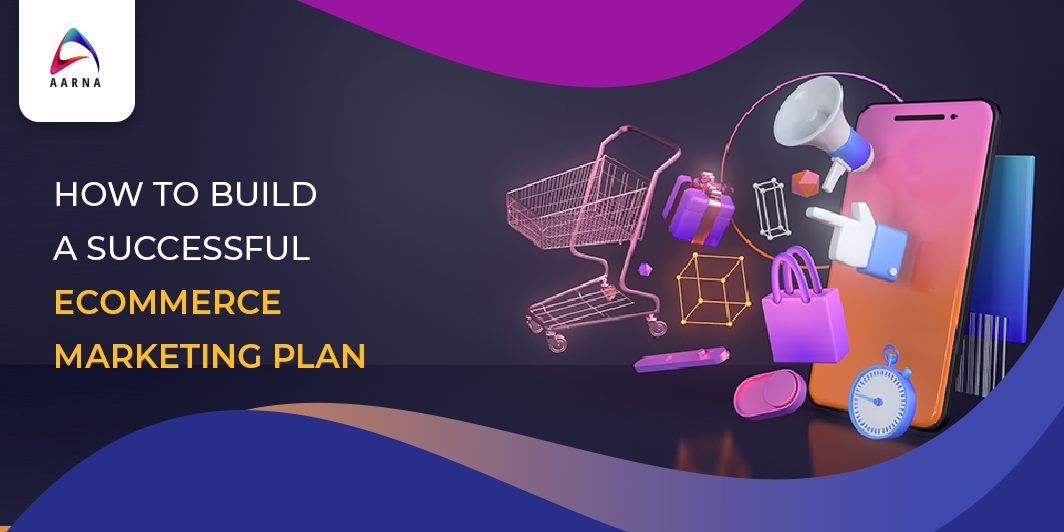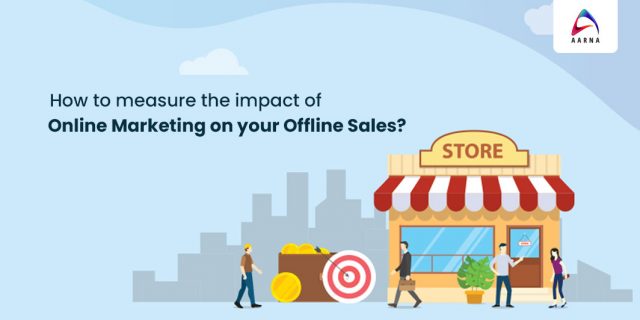
Ecommerce marketing is driving top-of-funnel traffic to convert into sales and new consumers– and there are many methods to go about it.
From focusing on acquiring organic traffic and SEO to planning for Facebook or Google ads to drive targeted traffic, you can mix and match paid techniques with organic ones to figure out which marketing mix brings in more sales/customers to your business.
Nevertheless, marketing projects are never static. As marketing techniques and the marketplace evolves, so should your plan to get the greatest return on advertisement investment and operating expenses associated with organic growth strategies like SEO.
Well, Consumer trends shift, circumstances alter, and preliminary experiments may not go as planned. In today’s e-commerce organization landscape, there is no space for a lack of preparation. All ecommerce companies must plan the best ecommerce marketing techniques to bring in and keep high-value clients online as part of their ecommerce strategy. Without a well-planned ecommerce marketing strategy, sustainable growth will be hampered.
An ecommerce marketing plan with measurable KPIs ought to be directly connected to the business strategy’s goals, which considers the ecommerce marketing landscape as a whole. Consumer patterns shift, scenarios alter, and preliminary experiments don’t always go as prepared.
But Why do marketing strategies frequently stop working (and what to do about it)?
Overconfidence Bias
Individuals tend to overstate their capabilities. Scientists call this overconfidence predisposition. We tend to overstate what we can do, resulting in marketing strategies that are unattainable and unrealistic. If you’ve ever had a marketing plan that was a total flop, start by investigating why it happened. If there were no obvious mistakes or unforeseen difficulties– such as COVID-19 closing down your stores– it might be because you overestimated the ROI of your marketing campaign.
Setting Conservative Expectations
While it’s excellent to approach your marketing objectives with self-confidence, high expectations typically lead to disappointment when we stop working to meet them. That dissatisfaction is amplified in a marketing strategy, as unrealistic predictions and organization goals may influence stakeholders or creators.
Lack of Flexibility
As we know, the function of a marketing plan isn’t to produce a never-fail handbook. Whether your marketing team has come down with a completion bias or focused too heavily on one channel, sticking strictly to your initial strategy can be a big mistake. Be flexible, and be ready to optimise it.
Building an Ecommerce Marketing Plan
We know that marketing plans stop working for the above factors. So, what does a perfect plan look like? Every business is different, and so are their marketing needs, so there is no single blueprint for an ecommerce marketing plan. However, here are some core sections of a marketing plan with suggestions on how to compose each part in a manner that sets your strategy up for success.
1) Executive Summary
An executive summary is critical to an ecommerce marketing strategy as it gives a broad introduction of the task that is quickly shared with leaders and decision-makers within your organization. The executive summary must summarize your plan’s key points, including its purpose, desired results, and a quick overview of the following factors:
Goals And Objectives: Make your ecommerce marketing goals and objectives clear. Once you start executing, there’s no embarrassment in changing your objectives if they turn out too high or low. Ultimately, your primary focus must be on creating realistic, achievable objectives before setting stretch objectives to encourage yourself or your team.
Talk About Value Proposition: When making an ecommerce marketing plan, you need to be able to answer the following basic questions:
- What is the purpose of this company?
- What do you do?
- What do you not do?
- What are you attempting to achieve with your marketing plan?
Not all companies require a humanitarian component to the business. However, they require clear objectives and value propositions.
Set short- and long-lasting organizational objectives related to monetary metrics like profits development, retention, or acquiring new customers.
Define Target Customers & Their Personas: If you do not have a clear understanding of who you’re targeting, what characteristics specify them, and their geographical areas, you’re bound to run ineffective campaigns that lose money targeting low-converting, unqualified leads.
Make sure to understand the following:
- Age Group
- Gender
- Geographical areas
- Purchase Power
- Online shopping practices
Budget Plan And Projections: If you plan to invest a huge amount in paid marketing over the coming year, how much earnings will you get in return? If you’re producing an ecommerce marketing plan for a large or public company, this is what stakeholders truly wish to see.
Marketing Team: Who is accountable for this marketing plan? Which employees are executing it? What experience do they have with such marketing?
Distribution And Fulfillment Plan: Even if you’re beginning, you must clearly understand the distribution and order fulfilment requirements that will progress as you grow.
Whether you are packing and shipping yourself or leveraging a third-party fulfilment store, you are expected to know whether your procedures can fulfil the need of your upcoming marketing push.
2) Conduct Marketing Research
Do you know that one mistake marketers make when producing a marketing plan? Overdoing it with presumptions. Completion bias is a marketing strategy that does not result in earnings. Watch for overconfidence predisposition raising its head here. While information will not give you a foolproof strategy, every presumption is one more little uncertainty you’re folding into your marketing goals.
3) Determine Your Sales And Lead Generation Strategy
The one-size-fits-all approach may not work here; this is why you will need to get innovative. The number of methods to market your company is potentially endless. Even though the huge list of digital marketing buzzwords can make your head spin, we’ll highlight the methods and marketing tools that have shown track records of results and some newer techniques to consider.
Think of a sales funnel graphic that reveals your customer journey from Awareness ->Interest -> Desire ->Action. Each stage in this process should clearly explain particular marketing techniques you’ll use to try to turn your target audience into a customer through that funnel.
At the top of the funnel, you’ll see ecommerce brand awareness methods that do not typically produce immediate conversions– like publishing organic social content or blog. At the bottom, you’ll see Google search network advertisements, Instagram retargeting advertisements, and direct e-mail communication. As a marketer, you’ll wish to think about the main function of every campaign strategy you use and where it fits in your funnel.
4) Create Goals And Measure Results
Speaking of investment, the final stage of your marketing strategy is a breakdown of how you’ll determine success. Frequently, we determine this by utilizing ROI– the earnings you anticipate producing after spending your marketing budget plan.
Every ecommerce marketing expert dreams of getting Rs.100,000 in sales from Rs.1,000 in marketing investment. While that isn’t the most practical expectation, understanding your target ROI will avoid overspending. If your ROI is hurtling beyond your forecasts, you can better allocate that spending plan to be invested somewhere else.
However, there’s more to marketing measurement than ROI. Revenue isn’t constantly the end objective. Brand awareness, site traffic, and social media followers are short-term marketing objectives that aim to get new target customers into your marketing funnel. Convert them early on, and you set your company up for success later down the road.
Test The Waters
Designate part of your ecommerce marketing budget plan to check new methods. After all, you’ll never know what works well and what doesn’t until you try it.
Depending upon your budget plan, running some basic test cases in smaller-sized markets can offer you the results you require to justify a budget increase, validate your previous recommendations, and open the door to a new market opportunity.
The Final Word
Crafting a well-thought-out ecommerce marketing plan might seem challenging. However, the wealth of methods and channels that can drive online sales is massive and continuing to grow. While you might be lured to go off to the races, intentionality is critical when you first begin establishing an ecommerce marketing plan. Ensure you have a deep understanding of your product and the need for your product and don’t hesitate to make presumptions– so long as you check them.
Ecommerce marketers might seem like kids in a toy ecommerce store, trying to choose which toy to play with today. As long as you’re organized, detail-oriented, and happy to discover, it’s difficult to fail in ecommerce. Can’t risk your plan? Connect to Aarna Systems, the best ecommerce digital marketing agency in India, for a personalised ecommerce marketing plan. Our ecommerce marketing experts are here to listen to your goals, map your customer journey, and drive your business to success.
Feel free to discuss your ecommerce success goals with us!

